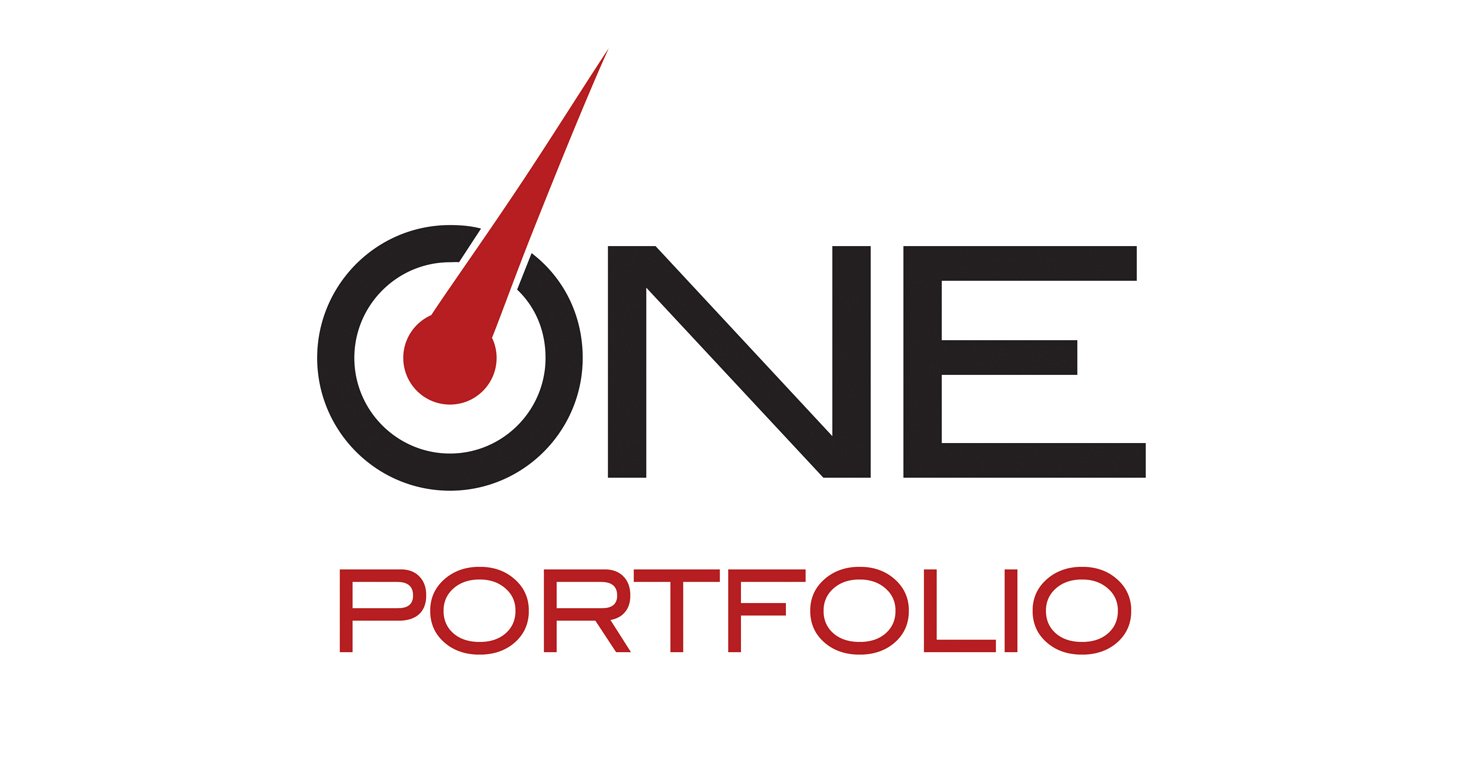 Most companies sell multiple products and services.
Most companies sell multiple products and services.
But they often struggle to align them.
One way to create alignment is to literally sell just One Product. As we just learned, Basecamp chose this strategy.
However, most companies offer multiple products and services. Often, these are developed in different divisions. And divisions—by definition—divide.
In the 1970s, Bruce Henderson from the Boston Consulting Group introduced the concept of product portfolio management. His now famous “growth-share matrix” categorized a company’s products as cash cows, stars, question marks, or dogs.
Perhaps your company still uses this management tool to manage your product portfolio.
Once you decide to develop multiple products, your business becomes more complex, and alignment becomes exponentially harder.
In some cases, customers may not have any expectations of product alignment. For example, people do not expect seamless interoperability between Proctor and Gamble’s Tide, Pampers, and Crest products.
However, in most cases, customers will indeed expect some level of alignment. For example:
- They may expect your products to have a similar look and feel.
- They may expect your products to work together.
- They may expect your products to share common components.
This means you will have to develop corporate standards for product alignment and interoperability. These standards are an important component of your corporate core.
In this chapter, we will explore how BMW, LEGO, RYOBI and HubSpot aligned their product portfolio to create both synergies and differentiation.
NOTE: These stories are excerpted from my book, Drive One Direction.

